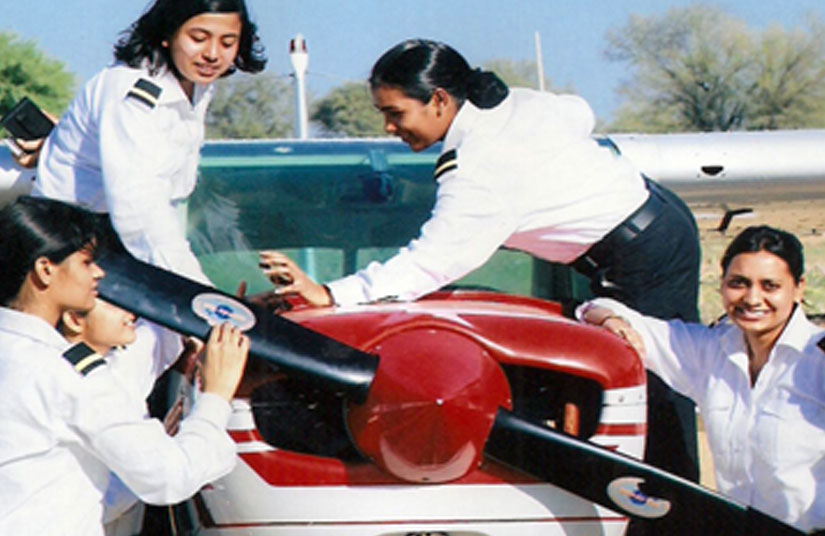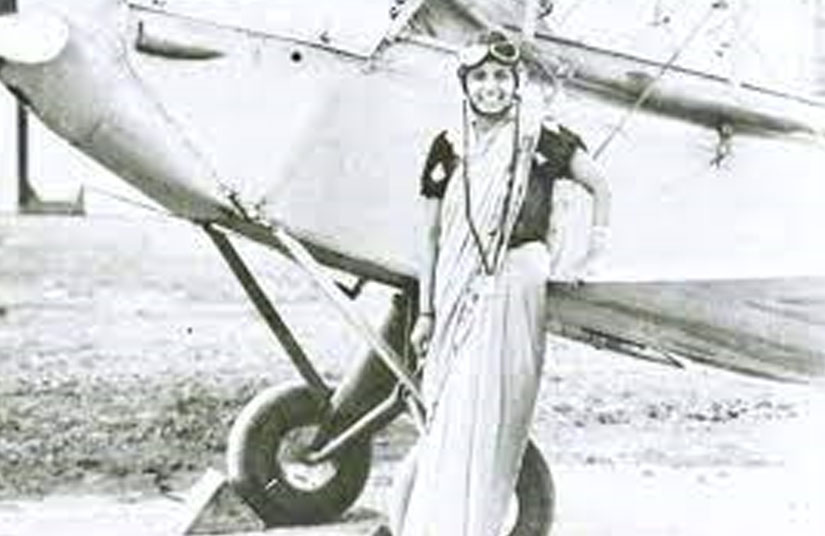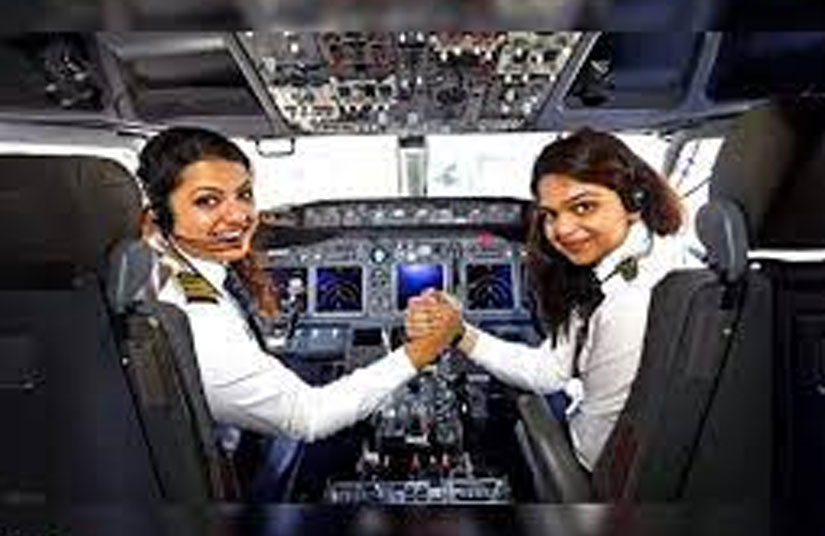Historically, men have dominated the aviation industry, but in recent years, a dramatic transformation has occurred as more and more women break down barriers and establish themselves in this field. Women are breaking ground in a variety of professions, defying prejudices and paving the way for future generations.
Examples include engineers, pilots, air traffic controllers, and astronauts. This blog examines the inspiring careers of women in aviation, the difficulties they overcame, and the courses that were essential in giving them the confidence to succeed.
Women have been a part of aviation from its inception, but their involvement was frequently restricted to occupations deemed more “suitable” for women, such flight attendants or administrative posts. However, trailblazing women like Amelia Earhart and Bessie Coleman broke through these barriers and motivated subsequent generations.
Amelia Earhart, the first woman aviator to complete a solo transatlantic flight, rose to fame as a symbol of bravery and tenacity. Her groundbreaking successes encouraged females all across the world to pursue professions in aviation. Similarly, Bessie Coleman overcame racial and gender hurdles to fulfil her dreams of becoming the first African American woman to earn a pilot’s licence.
Despite these ground-breaking accomplishments, women still had to overcome barriers in order to become pilots, engineers, and other aviation professions. Their advancement was hampered by prejudice, stereotypes, and a lack of chances. But the spirit and enthusiasm of women for aviation never wavered.
Courses Empowering Women in Aviation

- Women in aviation require access to high-quality education and training programmes if they are to excel in the field. Thankfully, a wide range of programmes and training efforts have developed, giving women the abilities and knowledge needed to succeed in a variety of aviation professions.
- Flight training programmes are necessary for all aspiring pilots, regardless of gender. The comprehensive courses offered by flight schools and academies cover everything from fundamental flying techniques to cutting-edge aviation expertise. These programmes give women the skills they need to succeed as pilots.
- Programmes in aeronautical engineering are curated to teach the students about the design and maintenance of aeroplanes are greatly influenced by aeronautical engineering. Many universities and institutions provide specialised aeronautical engineering courses, allowing women to pursue careers in this demanding but rewarding area.
- Air traffic controllers are essential to the security and effectiveness of air travel. There are specialised training programmes available for women who want to work in this profession. These classes emphasise decision-making, communication, and air traffic management.
- Courses in aviation management and administration are necessary for the sector’s need for qualified personnel to oversee operations and administration. Women can gain the skills they need to succeed in management positions with airlines, airports, and other aviation organisations by taking courses in aviation management.
Real-Life Examples of Women in Aviation
- Sarla Thakral (India): The first woman pilot in India was Sarla Thakral. She accomplished this amazing achievement in 1936 when she became 21 years old and obtained her pilot’s licence. She broke down barriers in an industry that was dominated by men, and she inspired Indian women to pursue careers in aviation. Sarla Thakral’s groundbreaking accomplishment paved the path for more women to work in India’s aviation business and has left a lasting mark on the history of the sector there.
- Amy Johnson (UK): In 1930, Amy Johnson, a trailblazing British aviator, made history by being the first woman to fly unaccompanied from England to Australia. She significantly contributed to the public’s increased interest in aviation.
- Jerrie Cobb (USA): During the early stages of the American space programme, Jerrie Cobb, a talented aviator, received the same physical and psychological examinations as male astronauts. Despite never having the opportunity to travel to space, she played a crucial role in promoting the involvement of women in space exploration.
- Elly Beinhorn (Germany): In the 1930s, German pilot Elly Beinhorn broke numerous long-distance records. She was a role model for women thanks to her sense of adventure and flying accomplishments.

In conclusion, the aviation business has changed dramatically over time, and the emergence of women in a variety of positions is evidence of the advancement of gender equality. Women in aviation are breaking down barriers and demonstrating that their abilities, passions, and dedication are unmatched. Women can now obtain the information and skills necessary to thrive in this fast-paced and difficult industry, thanks to specialised courses and training programmes.
More and more women are making their mark in the aviation industry, setting an example for future generations and encouraging young girls to dream big and follow their goals with courage. Given that it values diversity, inclusivity, and the significant roles played by women in influencing the development of aviation history, the future of the aviation industry appears bright.


